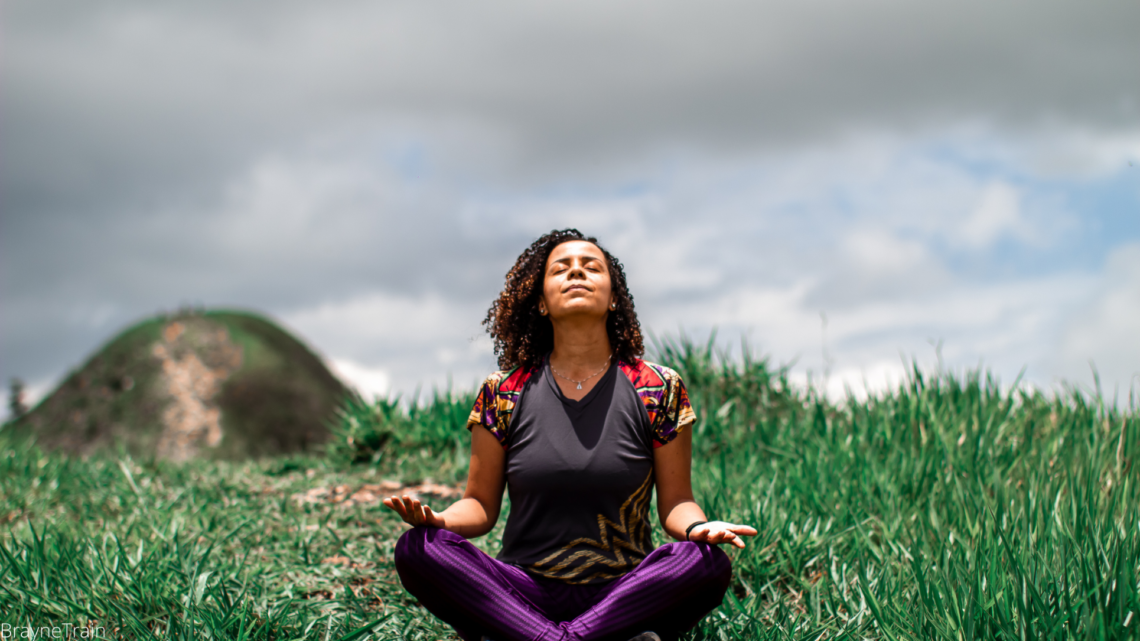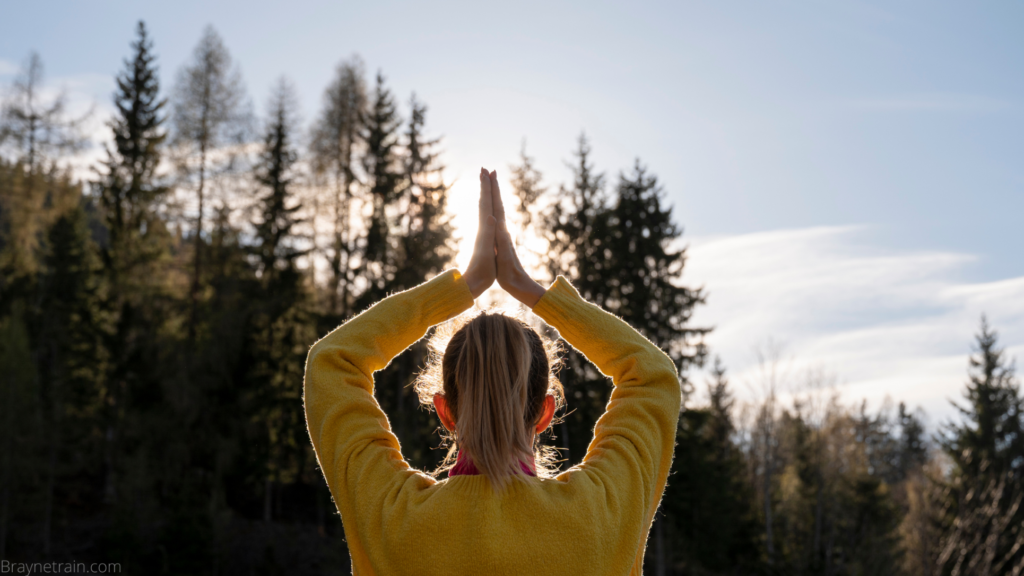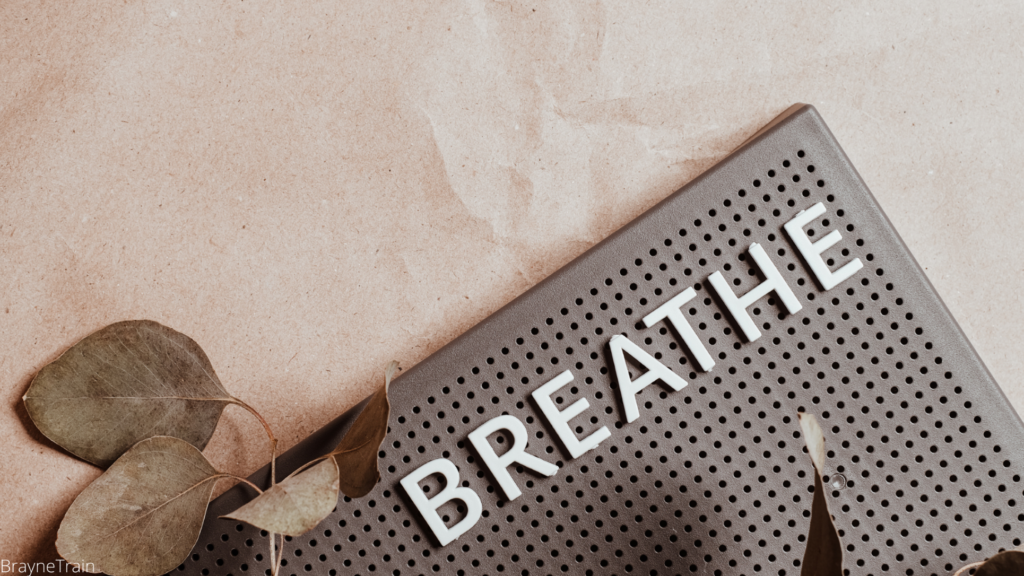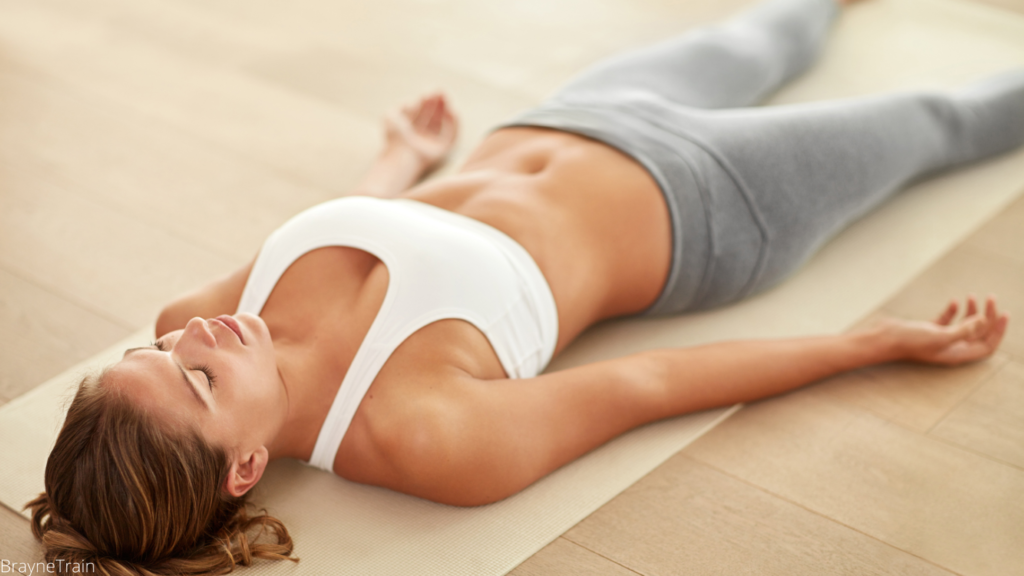
Can Breathwork Help Reduce Anxiety?
Breathwork is an ancient practice that has been used for centuries to improve mental, emotional, and physical health.
It is a simple yet powerful way to help reduce stress and release emotions that are no longer serving you.

Does Breathwork actually work?
Breathwork is a simple but powerful tool for reducing anxiety. Breathing exercises have been scientifically proven to reduce stress and calm the nervous system quickly and efficiently.
By deliberately changing the way you breathe; you can influence the nervous system and change your state of mind.
There are many different breathing exercises, but all involve regulation of the breath.
In addition, breathwork can be used to induce a trance-like state in which you can access deep feelings and memories that may be hidden from your conscious mind.
This process can be healing and transformative, providing insights to help you live a happier life.

What is Breathwork?
Breathwork is a breathing exercise that is used to improve mental or physical health.
Scientific studies have shown breathing exercises to contribute to calm alertness by mechanisms such as increasing the parasympathetic drive, calming the stress response systems, the neuroendocrine release of hormones, and thalamic generators.
There are many different types of Breathwork, but all involve paying attention to the breath and consciously controlling the breath. Breathwork can be done alone or with a partner.
It can be done in a group setting or a one-on-one session with a therapist.
To learn about how 5 minutes of meditation can reduce your anxiety, click here.
What are the Top 5 forms of Breathwork?
1. Belly Breathing (Diaphragmatic Breathing)

Diaphragmatic breathing, also known as belly breathing, is a breathing exercise that focuses on the stomach’s expansion during inhalation.
This form of breathing maximizes the amount of oxygen taken in with each breath and helps to improve lung function.
In addition, belly breathing has many other benefits, including reducing stress, improving sleep quality, and reducing pain.
How to practice belly breathing :
- Sit or stand in a comfortable position and place one hand on your stomach.
- Slowly inhale through your nose, allowing your stomach to expand.
- Keep in your breath for 3 seconds.
- Exhale through your mouth, pushing all the air out of your lungs.
- Repeat this process for 2-3 minutes.
2. The 4-7-8 Breathing exercise

The 4-7-8 breathing exercise is a simple yet powerful relaxation technique that can be done anywhere and at any time.
When done regularly, the 4-7-8 breathing exercises can help reduce stress levels, improve the quality of sleep, and promote overall health.
The 4-7-8 breathing exercise is based on the principle of rhythmic breathing, which is said to help the body and mind relax.
How to practice the 4-7-8:
- Place the tip of your tongue against your upper front teeth, and keep it there throughout the exercise.
- Exhale completely through your mouth.
- Close your mouth and inhale quietly through your nose to a count of four.
- Hold your breath for a count of seven.
- Exhale completely through your mouth, making a whoosh sound to a count of eight.
- This completes one breath.
- Now, inhale again and repeat the cycle for 2-3 minutes.
3. Lion’s Breath

Lion’s breath is a yoga exercise that is designed to help improve your breathing and reduce anxiety by calming the nervous system.
This breathing technique gets its name from the way you exhale during the exercise, which is supposed to mimic the sound of a lion’s roar.
How To practice lion’s breath:
- Sit in a comfortable position with your spine erect.
- Inhale deeply through your nose.
- Exhale forcefully through your mouth, making a “ha” sound. You can also extend your tongue and open your jaw wide as you exhale to help create the lion’s roar sound.
- Repeat this process for 2-3 minutes.
If you want to learn about chakras that are responsible for anxiety, click here.
4. Box Breathing

Box breathing is a breathing technique used to reduce anxiety and promote calmness during stressful situations.
This exercise is simple and only requires a few minutes to complete.
How to practice box breathing:
- Find a comfortable place to sit or lie down.
- Close your eyes and focus on your breath.
- Breathe in slowly through your nose to a count of four.
- Hold your breath for a count of four.
- Exhale slowly through your mouth to a count of four.
- Repeat this pattern for several minutes, allowing your breath to move smoothly and evenly.
Box breathing can be done anywhere, at any time. It is an effective way to reduce stress and promote relaxation quickly.
To learn more about mindfulness practice for reducing anxiety, click here.
5. Holotropic Breathwork

The name holotropic comes from the Greek word “holos.”
Holotropic breathwork was developed by psychiatrist Stanislav Grof and his wife Christina in the 1970s.
Holotropic breathwork is usually practiced with the help of a partner, who will help guide your breathing and provide support during the experience.
In holotropic breathing exercises, the goal is to let go, give in to your emotions, and let whatever is deep in your subconscious come to the surface.
During the breathwork session, you will be asked to breathe deeply and rapidly for a certain period of time. This can create an altered state of consciousness, allowing you to access repressed memories and emotions.
Holotropic breathwork’s aim is to help you heal old wounds and traumas in order to live a more joyful and fulfilled life.
Takeaway
If you’re looking for a way to reduce your anxiety and stress and improve your concentration, breathwork may be your answer. The breathing exercises that we outlined in this post are some of the most effective techniques and have been scientifically proven to help reduce anxiety. Next time you are stressed and need some relief quickly, try some of the techniques we discussed in this post, and you will find the anxiety melt away in no time. Thank you for reading!
References
Brown RP, Gerbarg PL. Sudarshan Kriya yogic breathing in the treatment of stress, anxiety, and depression: part I-neurophysiologic model. J Altern Complement Med. 2005 Feb;11(1):189-201. doi: 10.1089/acm.2005.11.189. Erratum in: J Altern Complement Med. 2005 Apr;11(2):383-4. PMID: 15750381.




